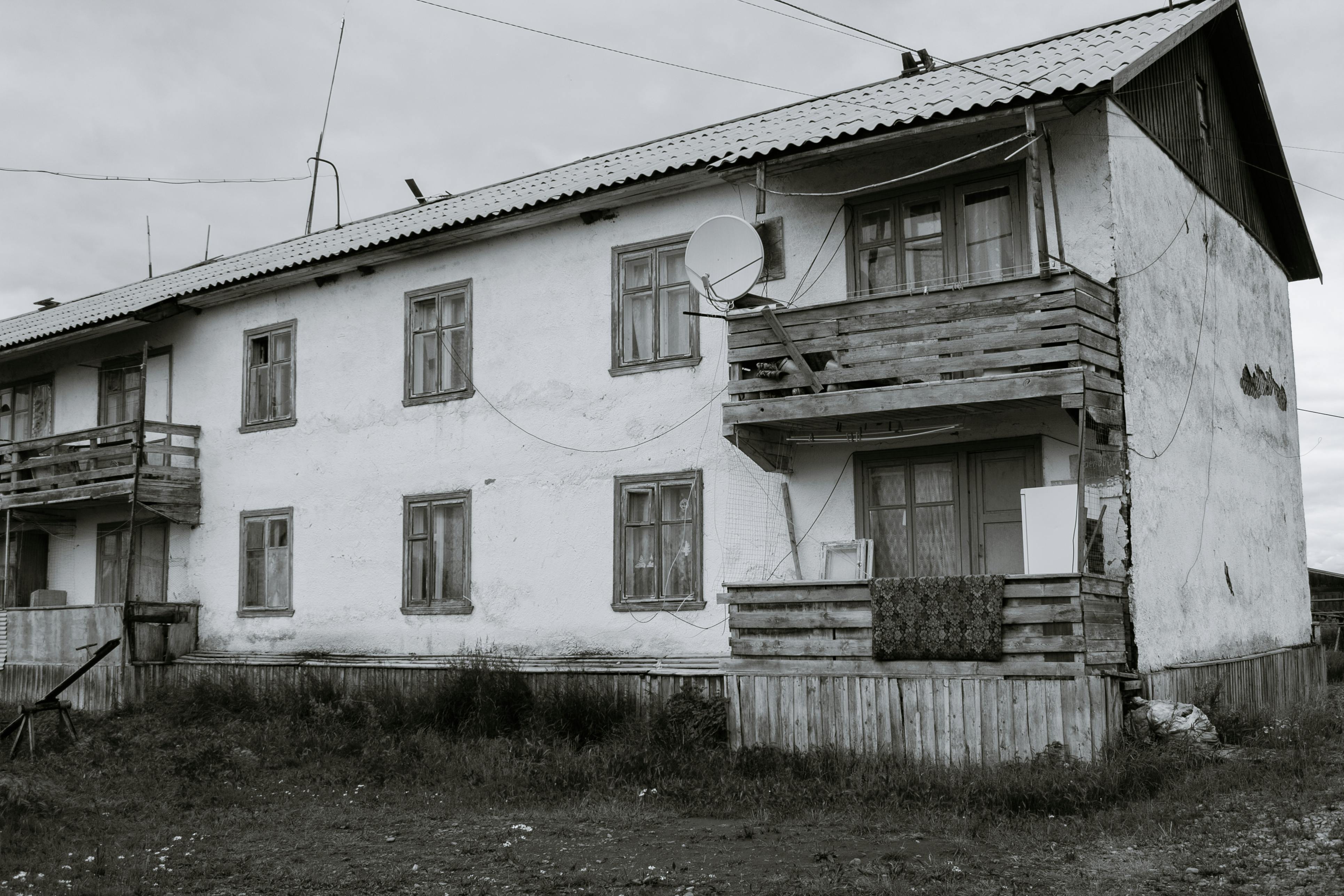No one wants to go through the hassle of having to deal with water damage, especially in cases where the flooding has been going on for some time and the damage has already occurred to the property. Obviously, in these types of situations, the ideal solution is to call a professional water damage company and have them work out all the details as to what it would entail to restore everything back to normal. In severe cases like Class 3 and above, there are usually actions beyond removal that need to be taken: cabinets need to be rebuilt, drywall replaced, carpet redone, etc. But what about smaller water damage scenarios, or situations where you can take action while the flood is happening?
In these situations, the first question that arises is probably: “do I really need to hire a professional for this?” As everyone knows, water damage restoration companies don’t come cheap and many home insurance policies have a deductible that must be met before any type of claim is paid. For a small toilet or kitchen flood, especially when it comes to category 1 clean water, calling a professional can be an expensive and ineffective way to fix the problem. Since dewatering equipment and fans can often be rented for a fraction of the price of hiring a professional, many homeowners may consider a do-it-yourself approach to save money and time.
However, when it comes to water, there are many factors that need to be taken into account to ensure the job is done correctly and prevent problems down the road, especially when it comes to mold damage. Let’s go over some of the basic considerations when weighing the merits of a professional versus a DIY approach:
1. Assess the extent of the damage. This should go without saying, but the first step would be to see how bad the situation is. If the leak is category 2 or 3, which means the water is infected or toxic, it will be extremely dangerous to do a restoration on your own. On the other hand, Category 1 clean water flooding can probably be managed, as long as there is not a prohibitive amount of water. A relatively small leak (typically Class 1 and possibly 2) in a bathroom or kitchen can probably be managed with some attention to detail and the right equipment.
2. Extract as much water as possible. Once the source of the leak is identified, the first step is to remove the water supply, usually by turning off that particular valve or main water line if necessary. With the leak stopped, the first steps can be taken to remove as much water as possible from the site. This is usually accomplished through a number of means ranging from rudimentary to specialized, but keep in mind that consumer equipment such as a Shopvac or a vacuum simply won’t be enough to get the job done right. Also, the type of soil that harbors the water plays an important role in the difficulty of extraction. Solid surfaces like tile are usually very easy to handle, while carpeting and wood get exponentially more complicated.
3. Map areas of moisture. This step is critical to make sure everything is dry so as not to leave room for future mold damage. To create a moisture map, you’ll need to obtain a moisture meter and plot all the affected areas on a floor plan. Professionals often simplify this process by using specialized equipment that automatically detects and maps moisture. If this step is neglected, water damage can come back to haunt you in the form of rotting drywall or wood beams.
4. Dehumidify the environment. The last crucial component to proper restoration and drying is removing excess moisture from the surrounding air. After the water evaporates, it will continue to be in the area unless you use ventilation to circulate air or desiccants that absorb moisture. This step also requires a proper balance of technique between air movement and drying; if not treated correctly, the result will be mold growth that will require much more work and expense to remedy.
These are just a few of the basic guidelines involved in proper water damage drying. As you can see, even small jobs can be deceptively complicated, and often the little details overlooked can be what make the difference between a professional job and a sketchy one. Keep in mind that if you decide to proceed with your own restore effort, the steps listed above are just the tip of the iceberg and there are many more things to consider before trying to get started. Adequate research will be required so that drying doesn’t end up being more expensive in the end, so be sure to weigh all of your options to decide if you can really save money by going the do-it-yourself route.



